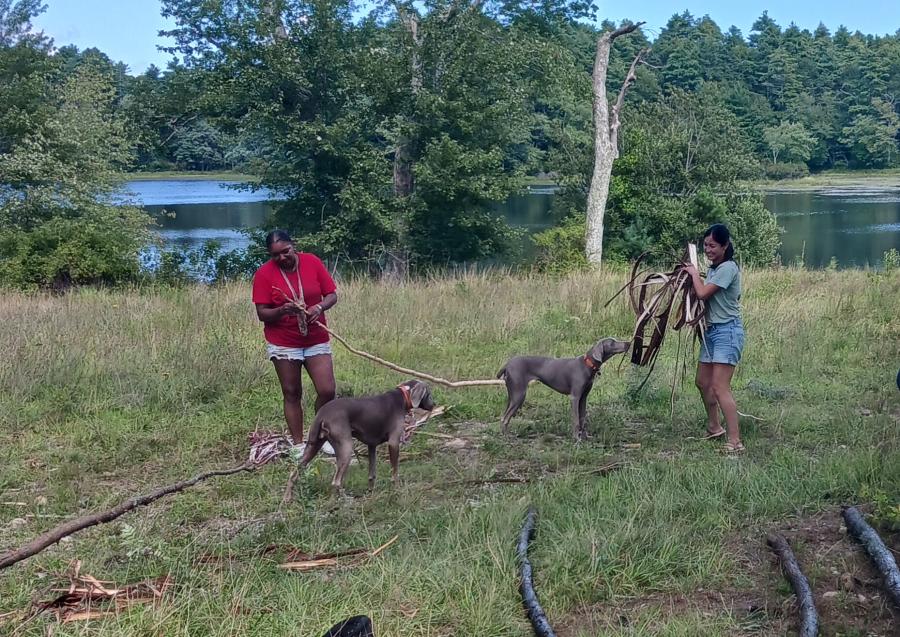
The epidemic of Missing and Murdered Indigenous Women continues to globally escalate, as missing persons cases, lack of recognition of violence against Indigenous women, and a critical lack of institutional documentation of violence continue to under-represent the full scope of abuse against Indigenous women and girls. “According to the National Crime Information Center, 5,712 missing American Indian and Alaska Native women and girls were reported in 2016, while only 116 cases were reported by the US Department of Justice’s federal missing person database.” The absence in the legal data of Indigenous women who have been the victims of brutal assault and murder is explored by several contemporary research studies attempting to redress the reasons for this lack of detailed information.
The Missing and Murdered Indigenous Women & Girls report, prepared by Urban Indian Health Institute, a Tribal epidemiology center, is the result of a comprehensive study in the examination of missing persons data in urban settings and more specifically details the reasons why the data in these settings are overlooked, misrepresented, unaccounted for, or misunderstood in the context of the crisis of missing and murdered Indigenous women. The report assesses why data is so difficult to obtain, how law enforcement responds to these cases, and how media actually reports the cases. They note that “the study’s intention is to provide a comprehensive snapshot of the Missing and Murdered Indigenous Women crisis in urban American Indian and Alaska Native communities and the institutional practices that allow them to disappear not once, but three times – in life, in the media, and in the data.”

The study observes that underreporting, racial misclassification, poor relationships between law enforcement and American Indian and Alaska Native communities, poor record-keeping protocols, institutional racism including racism in the media, and a lack of substantive relationships between journalists and Native American communities all contribute to the lack of clarity and transparency in the missing persons data. “What is reported and recorded by law enforcement, covered by media, and remembered and honored by community members and family rarely matches.” Migration into urban settings has increased, along with a vast number of data complications occurring in both rural and urban settings. Critical issues related to racism and incomplete documentation of data in Missing and Murdered Indigenous Women cases exist in rural communities, and urban settings also experience these same distributive inequities. In this study, it is reported that the CDC states that murder is the third-leading cause of death among Native American women. UIHI found that “506 unique cases of missing and murdered American Indian and Alaska Native women and girls across the 71 selected cities—128 (25%) were missing persons cases, 280 (56%) were murder cases, and 98 (19%) had an unknown status.”
Through a detailed collection of information from the Freedom of Information Act (FOIA), UIHI collected as much case data as possible to compare each of the sources and corresponded the information to information from missing loved ones, public social media posts, family member contact, and searches of regional databases. Cities were selected due to high instances of Missing and Murdered Indigenous Women cases, home a significant number of urban American Indians, or who have an urban Indian health center in the city. Racial misclassification was a common reasons, including the misidentification of a person’s race or the inability to code the correct race on forms. In Seattle, it was identified that many Native American people had taken on Latin names in colonial contexts, and that currently the flexibility of crime systems are unable to recognize Native to non-Native identities within the system. This racial misclassification affects data in multiple subgroups. A content-analysis was also conducted on media coverage, and found that much of the coverage was centered on reservation-based violence. The study found, that while reservation-based violence contributes to critical bodies of knowledge, it minimizes the occurrences of the same issues in urban spaces and contributes to stereotypes of Native people as living primarily in reservations or rural areas. The study also notes challenges in law-enforcement relationships with Native communities. Studies researching data collection and legal transparency in Missing and Murdered Indigenous Women cases continue to improve as barriers to understanding continue to be identified.




